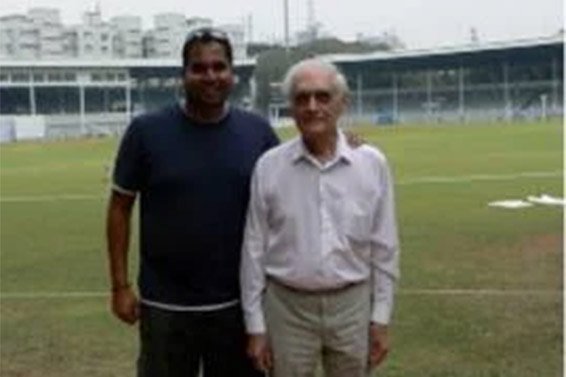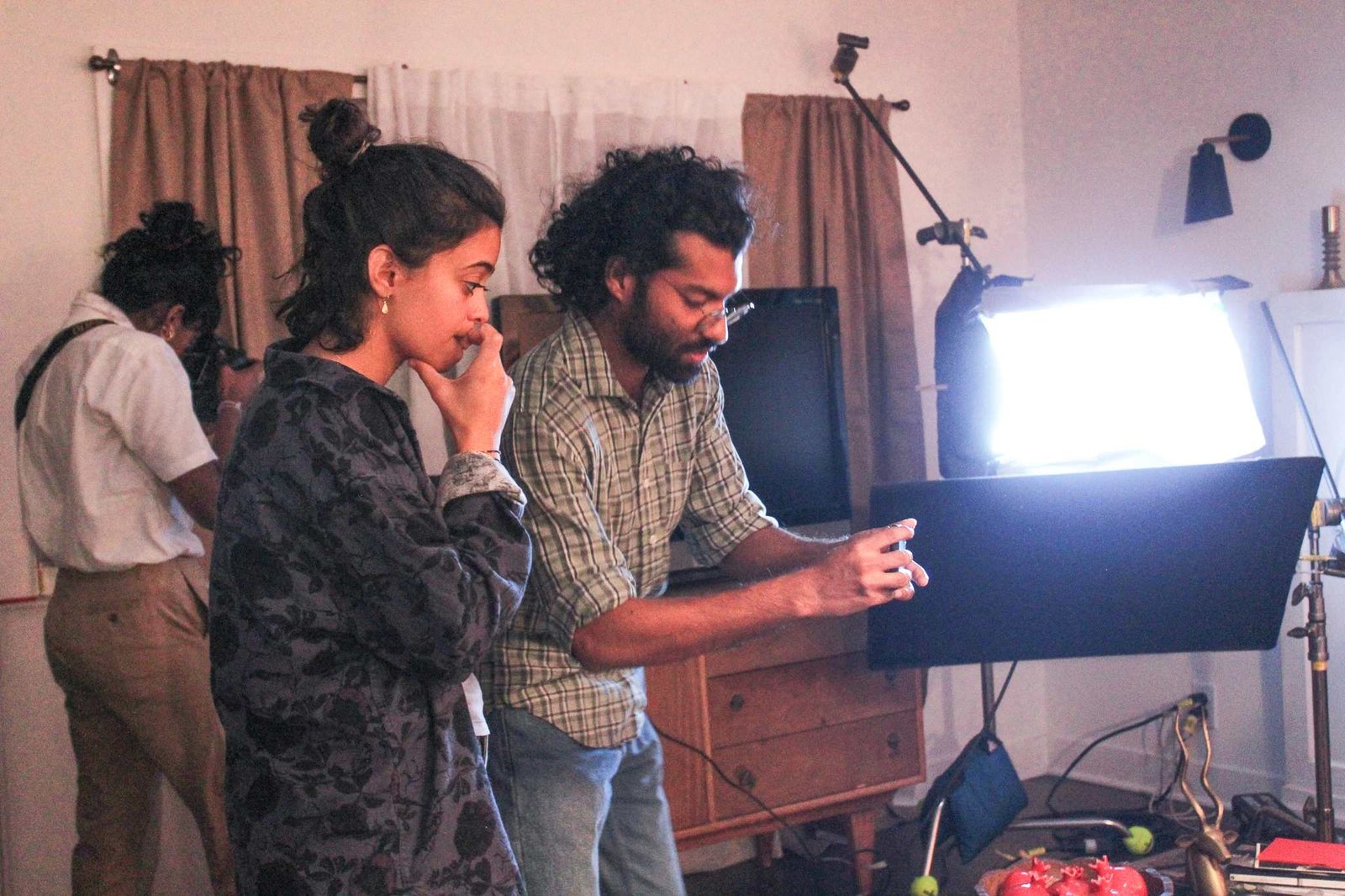Embroidered Tales of India’s Parsi Community
The Parsi ‘gara’ is a quintessence of embroidery, art and history, and it has a Chinese link
When fashion designer Ashdeen Lilaowala presented the Parsi gara embroidery as part of his collection “Memories on Cloth” at Lakmé Fashion Week Summer/Resort 2020 (in February), it was not only a style statement but also an example of the renewed interest of people in this exclusive design. He had also presented the Parsi gara at the same show held in 2013. In many ways. Lilaowala is responsible in making people aware of this unique embroidery that has its roots in India’s maritime trade with China in the 19th century.
In the 19th century, the Parsi community, who had immigrated to India likely between 8th and 10th century, were well established in various professions, including trade. China was an important port of call. On the return journey to India, the merchants would also bring back gifts for their families and friends.
The Chinese silks with their prominent designs, often based on nature, resonated with the Parsi merchants and they brought back quantities of the same. No less enterprising than the men, the Parsi women, who had already adapted the Indian sari as their attire and wore it in their inimitable style, used the heavily embroidered swatches to turn them into saris. Called gara or garo, it was the Parsi women’s sophisticated sartorial challenge to the European dress worn by European or British women at the parties.
According to fashion experts, the Parsi gara enjoyed its golden period roughly between 1910 and 1930s. Some of the most popular embroideries were the Chinese phoenix and the cranes. Fish was another popular motif. Fabrics also sported designs such as ornamental flowers and even Chinese sceneries. Lilaowala, who has studied and researched the embroideries seen on old Parsi gara embroidery, in various media interviews, highlighted the quirkiness of the designs. According to him, initially the Chinese weavers had no idea of a sari. Hence the earliest fabrics had designs covered from corner to corner. One of the popular design was the Cheena Cheeni, which depicted Chinese people against landmarks such as pagodas or busy in their daily chores. With the passage of time, the heavy borders gave way to lighter versions, adding to the sophistication quotient. India’s textile hub too began to manufacture the Parsi gara keeping the Chinese design intact. Weavers even translated the embroideries into material such as georgette and chiffon.
Interestingly, the Parsi gara had an emphatic influence on the way Bengali women wore the sari. Jnanadanandini Devi of Kolkata’s famous Jorasanko Tagore family is credited with a sartorial revolution, way back in the 19th century. The wife of Satyendranath Tagore (the first Indian ICS and elder brother of poet Rabindranath Tagore), she adopted and adapted the style of wearing the Parsi gara saree (over the traditional Bengali style) when her husband was posted in western India. The style was further refined and gave rise to what was then known as ‘Brahmika’ style.
Even though its popularity in everyday life waned, the Parsi gara achieved heirloom status. While wearing a gara to a wedding was still popular until the 80s, it began to go out of fashion as young people tooked to western wear. However, it is getting a fresh lease of life with the Parsi gara saris getting a makeover more suitable with today’s sartorial taste as well being used to fashion dupattas, lehengas, jackets, shawls, and even accessories.





